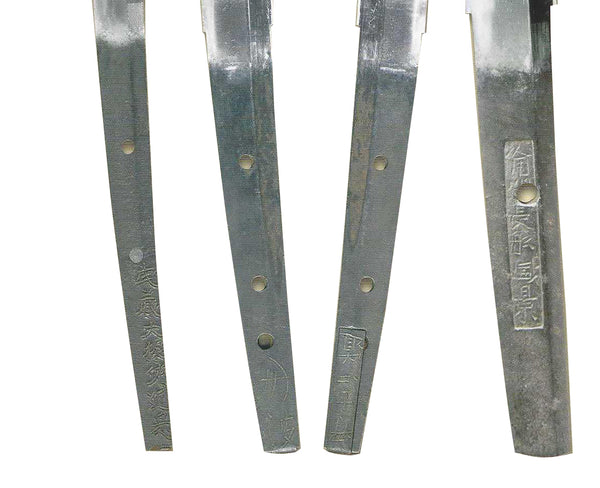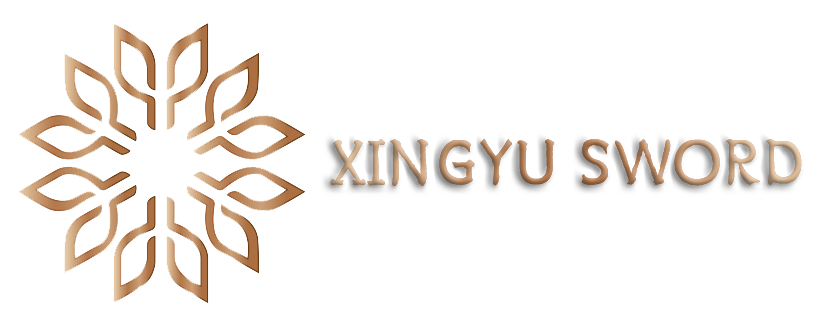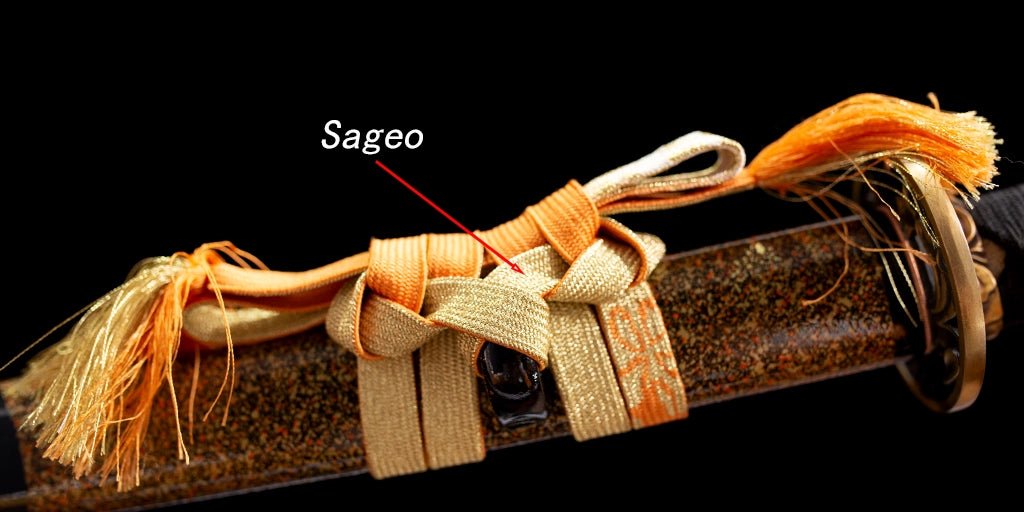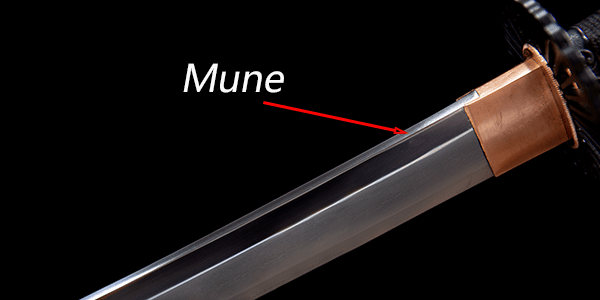Mei Katana : Signature on the hilt of the sword
What is mei?
Mei "refers to the text carved on the stem of the sword, which generally includes the swordsman and the year of making the sword. Mei is considered an important basis in the identification of Japanese swords and has significant significance for the period of activities and history of swordsmen. Jian Mei is a stick like tool called "chisel" that is struck with a hammer to cut a cut on the surface of the blade stem and carve text bit by bit.
Mei is the name that the author of a Japanese sword puts on his work, and it was stipulated in the (Dabo Laws) enacted in 701 (the first year of the Dabo era), so that the engraving of mei became common from the end of the Heian period. The issuance of the burin varied depending on the swordsmith's skill. Japanese swordsmiths after the art, are another craftsman name, similar to the artist's stage name, the pseudonym for forgery. For example, Kurihara Akihide, where Kurihara is the family name and Akihide is the artisan's name, has a uniform standard, usually two kanji characters, which are arranged in combinations such as 忠, 國, 兼, 吉, etc. The mei is the most distinctive feature of nakato, and because of its distinctiveness, it is the most frequently counterfeited. Therefore, it is not as valuable a reference as the others. The same author may have a different mei for different periods of time, or several people may use the same mei for different periods of time.
Mei is equivalent to the signature of a swordsman, and there is also a part called "Yasurime" that identifies the faction characteristics of a sword, both of which can be used to evaluate the value of a sword
The two sides of the nakago are divided into the "surface" and the "inside." If the tip of the blade is pointed outward and the blade is placed to the left, the upward side of the nakago is the surface, and the other side is the inside. katana, wakizashi, and tanto are examples of this type of work. Katana, wakizashi, and tanto are all engraved with the swordsmith's information on the surface and the age information on the inside, while tachi is the opposite. However, there are some schools that do not follow this convention, and there are different lengths of mei, with the shortest mei having only the name of the swordsmith, and the shortest mei having only a single word, and the longest mei having the name of the author preceded by the name of the locality and a title, e.g., "Hizen koku Mutsunokami Tadayoshi" (Hizen koku Mutsunokami Tadayoshi). where Hizen koku is the name of the place, Mutsunokami is the official name, and Tadayoshi is the name of the person. Others add other information about the sword, such as the age of the author, the name of the sword's bearer, and the results of the test chopping. The mei that includes the result of the test chopping becomes Saidanmei. koto is a short mei, but the long mei becomes more and more frequent in shitno.
Some sword mei are passed down from generation to generation in the family, such as Kanefusa, which was passed down for 23 generations during the Meiji period, and Kanesada Toku, which was passed down for 11 generations, and this mei is like a registered trademark of the family business.

Types of mei
Tachi-mei
Signatures are usually cut on the side of the Nakago facing away from the person. Tachi are worn with the edge down, slung on the left side of the body. (This is just the opposite of Katana, which is worn edge up on the left side of the body.) Most blades were signed Tachi mei until the Muromachi Period.

Katana-mei
Since the Katana was worn with the edge up, the signature was made on the opposite side compared to the Tachi, again facing outward, as the sword is worn. Most swords after the Muromachi period were signed this way.
This Mei is read "Bungo ju Fujiwara Saneyuki"

Omote
This term refers to the front side of the blade, (the side of the blade that faces out as it is worn). Therefore, the omote is opposite for tachi and katana! see above.
The characters found on the omote would usually be the smiths name, place of residence and any titles.
This (omote) Katana-mei is read "Echizen no Kami Fujiwara Kunitsugu", and translates to: Lord of Echizen (honorary), Fujiwara Kunitsugu (the smiths name).

Ura
This term refers to the back side of the blade (the side of the blade facing the body, as it is worn). Therefore, the omote is opposite for tachi and katana! The characters on the ura side of a blade would usually be the date, or some other information.
This is the ura of the katana-mei sword above, and is read "Ni oite Kuma moto motte namban Tetsu"

Shu-mei
A red lacquer signature added from an appraiser to give an attribution.

Gaku-mei
When a sword is shortened the signature can be removed with the surrounding steel and then added to the Nakago.

Orikaeshi-mei
When a sword is shortened by a smaller amount the signature and surrounding steel can be folder over the Nakago and onto the other side.

Kin-mei
Gold inlay on the nakago, usually placed there by an appraiser.

Held mei, annotated mei
This is a mei engraved with the name of the holder or customizer, with the names of both the swordsman and the customizer appearing on the blade.
The forged mei is called pseudo-mei, and the more famous the swordsmith the more pseudo-mei, distinguishing between the real mei and the pseudo-mei is one of the most difficult things to do, like identifying the authenticity of Chinese calligraphy, which is not possible to know the essentials of it without years of accumulated experience.
Some swords do not have mei, so they become no-mei swords. The main reasons for the absence of mei are that the craftsmen who have not yet mastered the art do not have mei, the swords of famous masters were dedicated to generals, monasteries, etc., and many of them do not have a signature, and most of the swordsmiths who are not satisfied with the finished work also do not have a signature. Therefore, no mei sword is not necessarily not a good sword, to be judged from the sword itself.
Sometimes the mei needs to be modified, and a small section of the text that needs to be modified will be dug out, and then the changed piece of steel will be added back in. This technique is called "Gakumei".

なかごおおすりあげ
In the course of katana use, it is sometimes necessary to shorten the sword for a variety of reasons, such as a change of tosogu, a change of owner, or a change in combat form. This is done by cutting off part or all of the nakago, and trimming the end of the blade to make a new nakago by rubbing or sharpening the end of the blade, which is called a nakago-o-suri-age.




Leave a comment
This site is protected by hCaptcha and the hCaptcha Privacy Policy and Terms of Service apply.